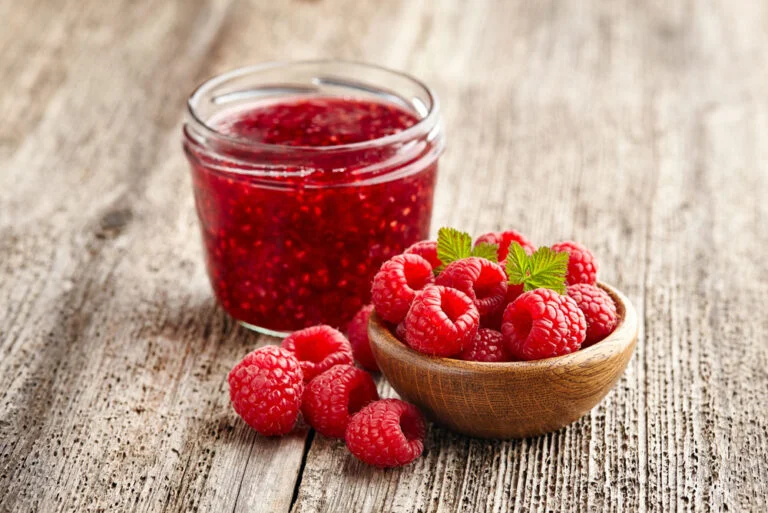The use of compound words is incredibly common in the Norwegian language. Here's how it works, their limitations, and how you can make your own.
As an additional language learner, vocabulary – or lack of it – is often your number one challenge.

You want to express your opinion on pinnekjøtt compared to turkey, the pressure to purchase an ever-increasing stream of unnecessary glitter-covered rubbish for Christmas (okay, maybe that was my opinion), Ole Gunnar Solskjær’s departure from Manchester United, or whatever else your Norwegian friends may or may not be interested in.
You are used to being able to present yourself as a witty, eloquent, opinionated individual in your own language; but suddenly, you’re reduced to feeling like a mumbling idiot. You no longer have the words to express your thoughts!
Learn Norwegian Now: Norwegian Class 101 / The Mystery of Nils
Creation of compound words in Norwegian
Learning Norwegian vocabulary is a challenge, but here is a gift to new learners: compound words.
Norwegian is littered with compound words, and new ones are created as need arises.
Last year, we were introduced to new high frequency words like koronatest, koronasyk, (sick from corona), koronasymptom, as well as more low frequency facebookfylla (getting drunk while hanging out with friends on Facebook) and hosteskam (feeling shame when coughing).

Compound words are much more common in Norwegian than in English. There are many types of compound words (sammensatte ord) in Norwegian. Here are some important groups:
Verb + Noun
svømmeklubb (swimming club) = å svømme + en klubb (to swim + a club)
kjøleskap (fridge/refridgerator) = å kjøle + et skap (to cool + a cupboard)
Adjective + Noun
norsklærer (Norwegian teacher) = norsk + en lærer (Norwegian + a teacher)
Note that separating the words in this category is possible, but it changes the meaning: (en) norsk lærer means a teacher from Norway, whose subject of instruction may or may not be Norwegian language and literature.
Noun + Noun
Bringebærsyltetøy (raspberry jam) = et bringebær + syltetøy (a raspberry + jam)
Brødskive (a slice of bread) = et brød + en skive (a bread + a slice)
Note that in compound words consisting of two nouns, the last noun will dictate the gender of the whole word: et brød + en skive = en brødskive.
Some compound words consisting of noun+noun are joined with an -e wedged in between the two parts: barnEhage (kindergarden), julEtre (Christmas tree), hundEpark (dog park). E is commonly used to join words where the first noun is short (one syllable).
Fun challenge: how many words can you make starting with jul?

Other compound words consisting of noun + noun are joined with an -s wedged in between the two parts: for example tenåringSbok (teenage book) and ansettelseSbyrå (hiring agency).
If the first noun ends with –sjon, -het, -else, -tet, -skap or -dom, you can expect to find a wedged -S.
Beginner Norwegian learners can expand their vocabulary drastically by learning to combine words.
Just think of jam (syltetøy): how many types of jam can you list? Use jam as your ‘end’ and add whatever fruit or berry you like in front. Bringebærsyltetøy, jordbærsyltetøy, aprikossyltetøy, appelsinsyltetøy….
Not so keen on jam? How about outdoor life, or shoes – how many different types of shoes do you own? I’ll start: joggesko, tursko, vintersko, fotballsko (running shoes, walking shoes, winter shoes, football shoes) – you get my drift.

Limitations of compound words in Norwegian
There is no clear and formal rule on how long a compound word can be, which can result in words that are frankly ludicrous.
Menneskerettighetserklæring (declaration of Human Rights) is an acceptable compound word, while preimplantasjonsdiagnostistikknemda (the council for diagnostics in preimplantation) may require a drink.
If a compound word is long and combines more than three words, you may be better off rewriting your sentence. For the preimplantation folks, I suggest Nemda for diagnostisering av preimplantasjon.
Compound words for beginners
Here are my three top tips to work with vocabulary and compound words for beginners:
1. If you meet an unfamiliar word, try to deconstruct it and work out if you might understand parts. Bringebærsyltetøy: perhaps you have learned that bringebær means raspberry? Or even that bær means berry? Half your job is already done.

Does the text provide any context, or is there perhaps a picture clue? Food vocabulary lends itself very well to the grocery store, too; use what you know to try and understand Norwegian food labels and learn new compound words along the way.
2. Use what you know to make new words – the sky is your limit! Okay, maybe not – some words don’t exist (yet?), but your point is to communicate, right?
Even if your newly created word doesn’t exist, your conversation partner will likely understand what you mean, and she can teach you the correct word.
Learn Norwegian Now: Norwegian Class 101 / The Mystery of Nils
You’ll remember that word, because it’ll likely be an embarrassing / funny / interesting / weird situation and a good story to share later, when you’re fluent.
3. Play modified Alias! Alias is a team game where one player draws a card with a word and tries to explain the meaning to his/her team members without saying the actual word. Points if the team members manage to guess the correct word.
You will not use the real Alias as a beginner because the words are too complex, but it is perfect for learning compound words; try to explain raspberry jam without using the words raspberry or jam. Alternatively, you can draw the words for your team members to guess.




I thought it was funny to learn that the English “Cinderella” was called “Askepott” in Norwegian 🙂 Does that translate, “pot of ashes?” lol
No idea, but google translation of Askepott is Cinderella.
Actually “askepott” means ashtray, but if capitalized “Askepott” it means Cinderella. I spent about 20 years in Norwegian and translated Norwegian/Danish to English. It took several years to figure out their way of making new words by combining words. Sometimes the meaning changes drastically, so you can’t always break down the word into its constituent parts to get its meaning.
Take the above word, pinnekjøtt, for example. Pinne means “stick”, or “pin” (verb), kjøtt means meat. Put it together though and it means lamb ribs. Try lamb ribs in google translate though, and it will give you lammeribbe, which is the same. Figure that out. 🙂
Hey Andrew! Thanks for adding comments to other readers’ questions, I loved the prompt to look up askepott/Askepott!
Pinne in pinnekjøtt can refer to the birch sticks/branches (pinner) the meat is steamed on. Traditionally, branches from the forest but these days, they’re sold in the shop.
Askepott = Cinderella, and en askepott, according to Norsk akademis ordbok, refers to aske=ash + en pott=someone who digs (female). Admittedly, I’ve never heard the word askepott used in any other context that Askepott /Cinderella, and I’m simply referring to the dictionary’s etymology.
Ashtray is askebeger.